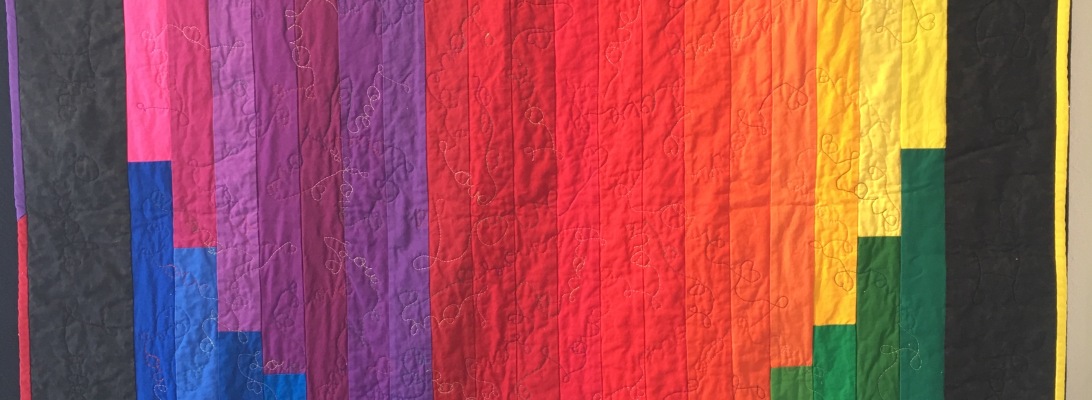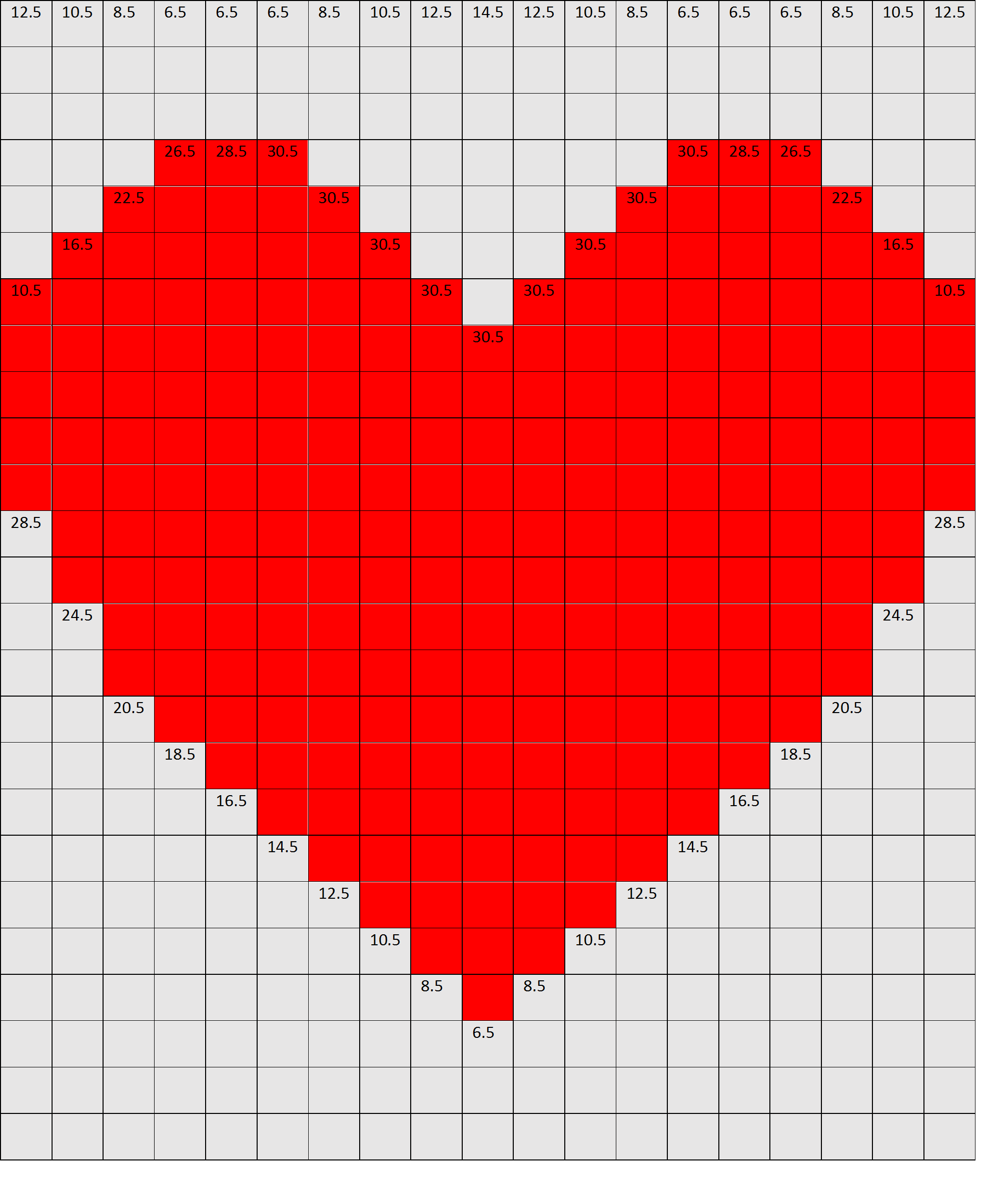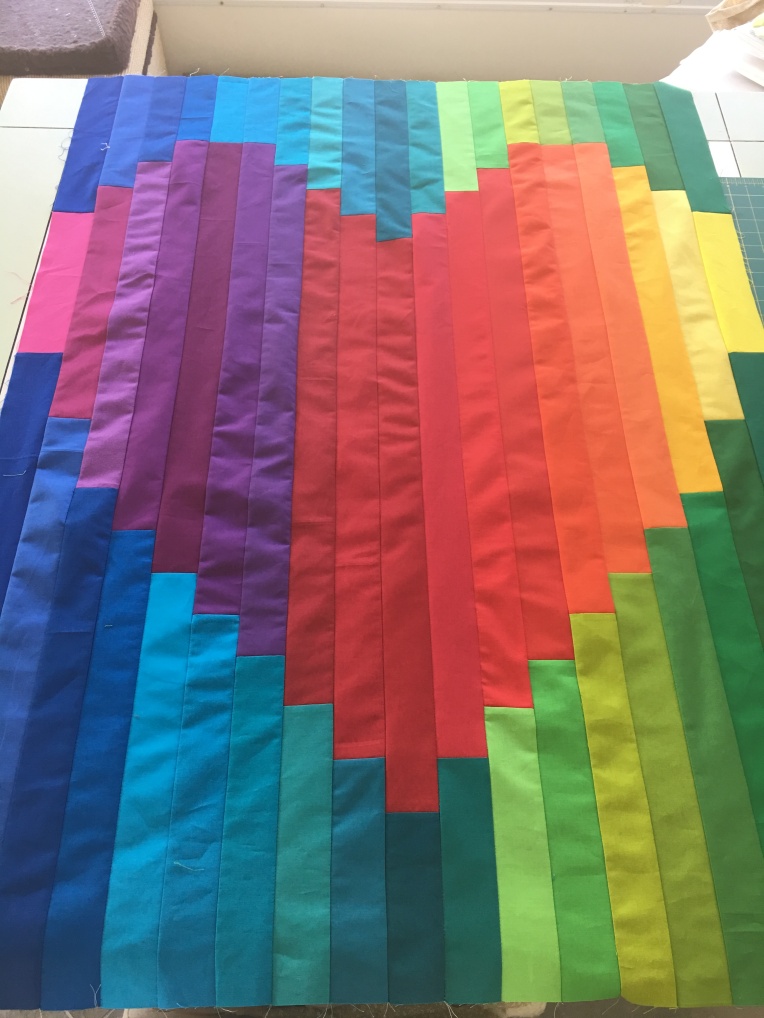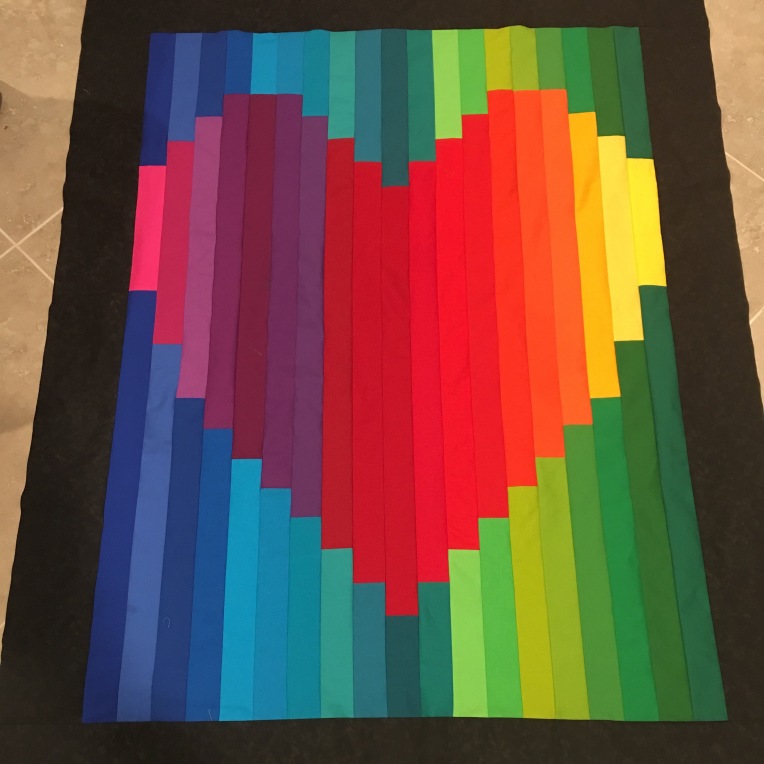
A bandaid is love. A young child runs up to their parent, holding up a finger for inspection. It gets a kiss and a bandaid. While there may not always be the physical need for a bandaid, the bandaid is important and necessary. It is the parent acknowledging the hurt and helping it to heal. It is relational.
Bandaids have a purpose. While a bandaid might not always cure a wound, it can stop the bleeding. It can help avoid infection by keeping a wound clean. It provides comfort and protects from further injury. It makes a person feel seen and cared for when a bandaid is provided.
A bandaid can serve alongside other treatments. Maybe the wound needs an antibiotic cream to heal. Maybe the wound needs medical attention. A bandaid can hold that antibiotic cream in place while the wound heals. It can provide stability and protection until medical attention can be obtained as well as during the healing process.
When the subject of bandaids comes up, it can be in a derogatory way, such as “just a bandaid”. There is a belief that everyone should go through the same triage system and wait for their turn at attention and a cure. Triage, however, requires many people and a lot of structure. Triage is not relational, it is about facts. It requires that everyone go through one system to assess needs and determine who is worthy of receiving help first. It requires that all involved believe there is one way of doing things, whether that method is working or not. Even if the triage works, that does not mean the bandaid is redundant. Do we let someone bleed out while waiting for their turn in triage? Why can’t there be both? We need a cure, but we also need bandaids until someone can get their turn.
There is a difference between a cure and healing. While we would all love to have a cure to that which ails us, healing can still happen in different ways. The bandaid, and the love it represents, brings healing. When you provide a bandaid to someone who needs one, that is a demonstration of love and helps them on their journey towards healing.
It is time to stop viewing the bandaid as something frivolous or that distracts from the cure. It isn’t redundant, it isn’t unnecessary. It isn’t in competition with the cure. The bandaid is support for healing. The bandaid is love in action.






